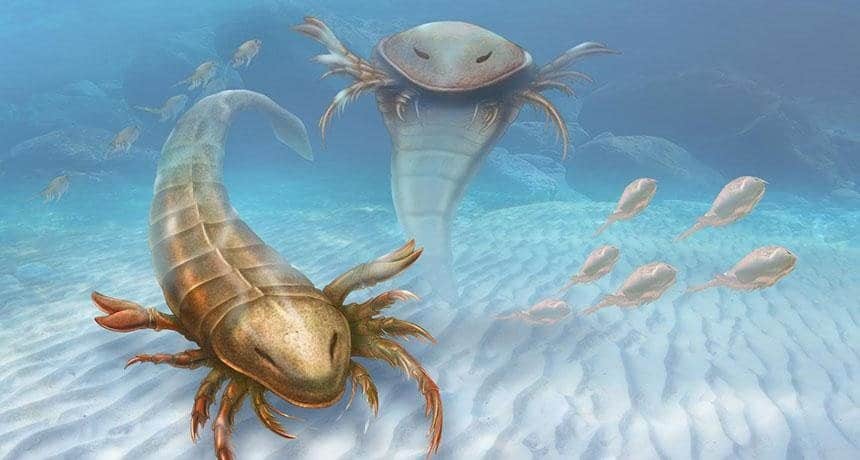
New Fossils Of Giant Prehistoric Sea Scorpion Unearthed
Researchers have found a collection of new fossils, that date back more than 460 million years, of a giant scorpion, with measurements suggesting that the creature could have been up to 1.7 meters long.
The fossils are of a previously undiscovered species of sea scorpion, called Pentecopterus decorahensis, and was pieced together from around 150 separate fragments of fossil that were found in an impact crater in Iowa. From constructing the pieces together, the researchers believe that it may have used the large forearms to capture prey while stiff rear legs were most likely used to swim or dig into the ground.
“Perhaps most surprising is the fantastic way it is preserved,” said James Lamsdell from Yale University. “[The exoskeleton] is compressed on the rock but can be peeled off and studied under a microscope. This shows an amazing amount of detail, such as the patterns of small hairs on the legs. At times it seems like you are studying the shed skin of a modern animal.“
Pentecopterus is more than 9 million years older than any other species of sea scorpion that has been discovered so far and could also be the largest of its kind. It is part of a family of animals that eventually evolved into modern scorpions and spiders.



